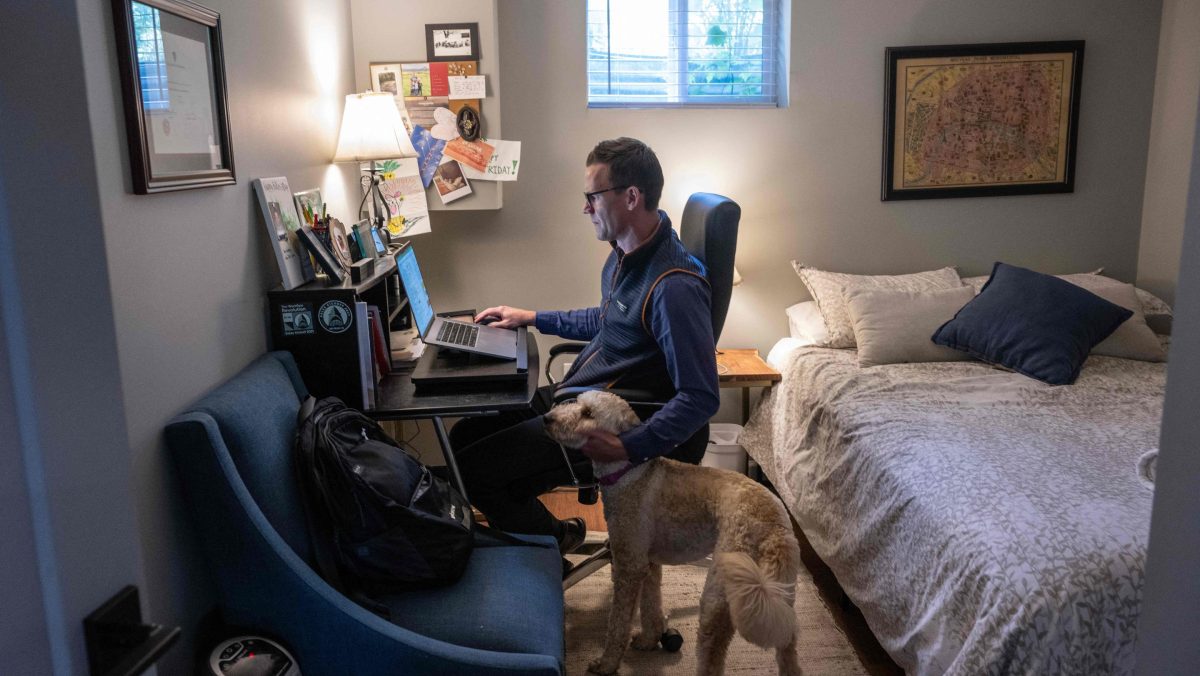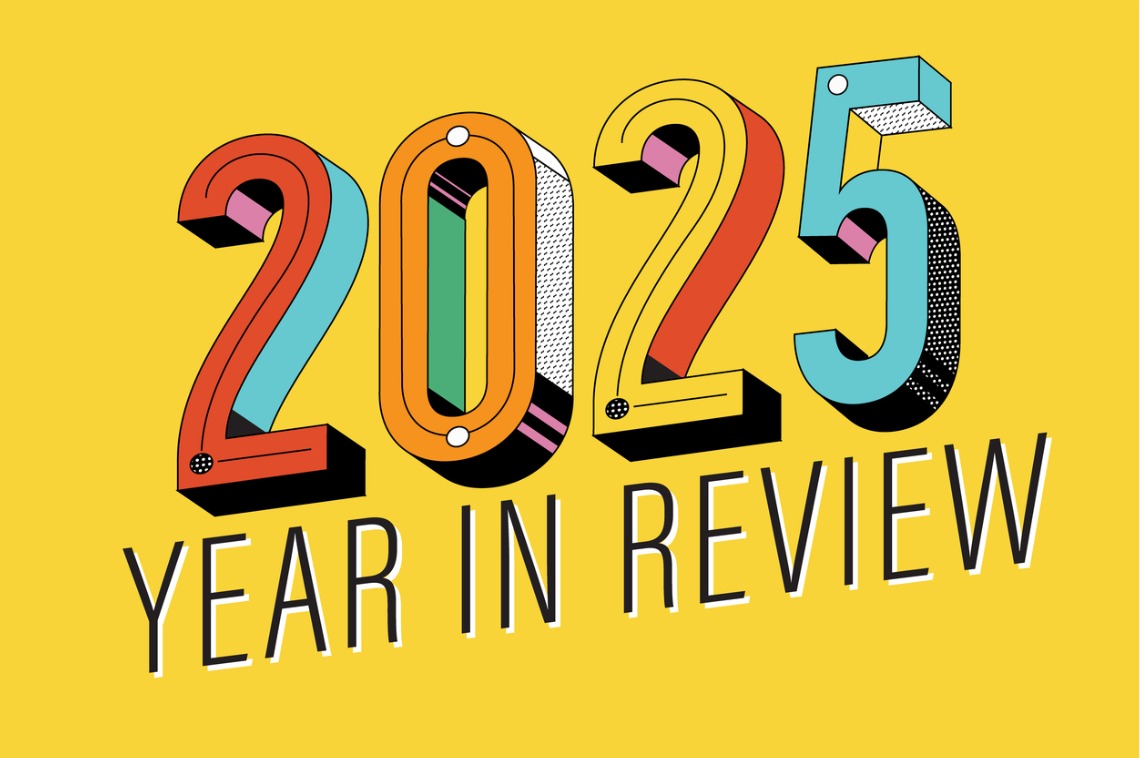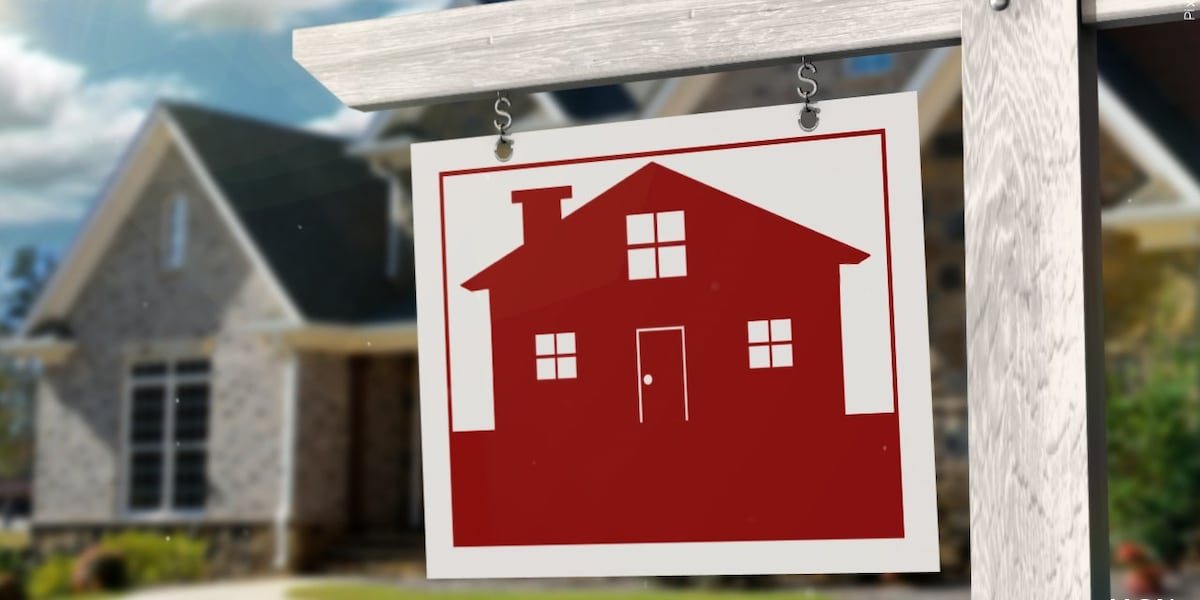T
he pandemic has had a lasting impact on the US economy, and one of its most enduring effects is the shift towards remote work. According to government data, about one-third of employees now work from home at least part-time. A recent report by the St. Louis Fed found that nearly half of these remote workers who moved to a different state did so for housing reasons, rather than job opportunities.
As people who work from home make real estate decisions, their priorities shift. "They're thinking about what matters most to them," says Ali Wolf, chief economist at Zonda. "Do they want affordable housing? Good weather? To be near family?" This flexibility has opened up new regions for home builders, including Arkansas, Oklahoma, Missouri, and Kansas.
However, this trend also has a downside. Home prices have risen significantly in many areas, particularly in rural regions and smaller markets. Harvard researcher Alex Hermann notes that these price increases are most pronounced in areas with lower population densities. As a result, remote workers who can afford to buy homes in these areas may be pricing out long-time residents.














